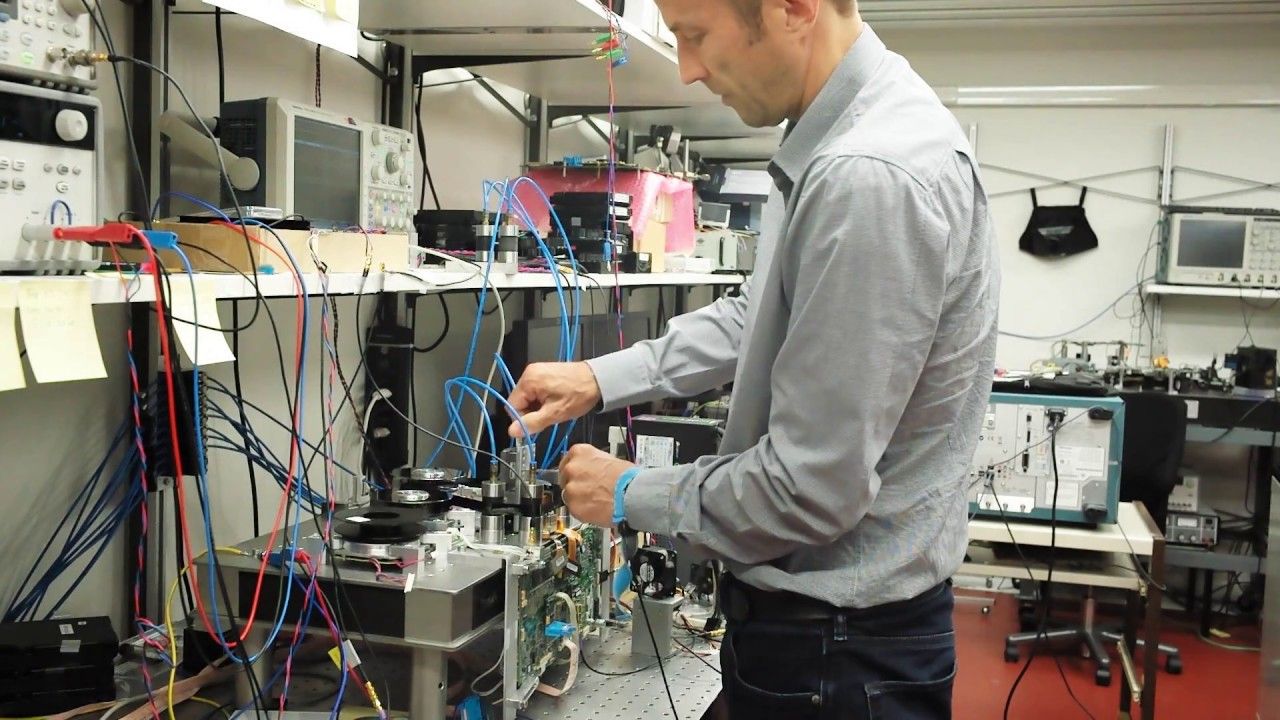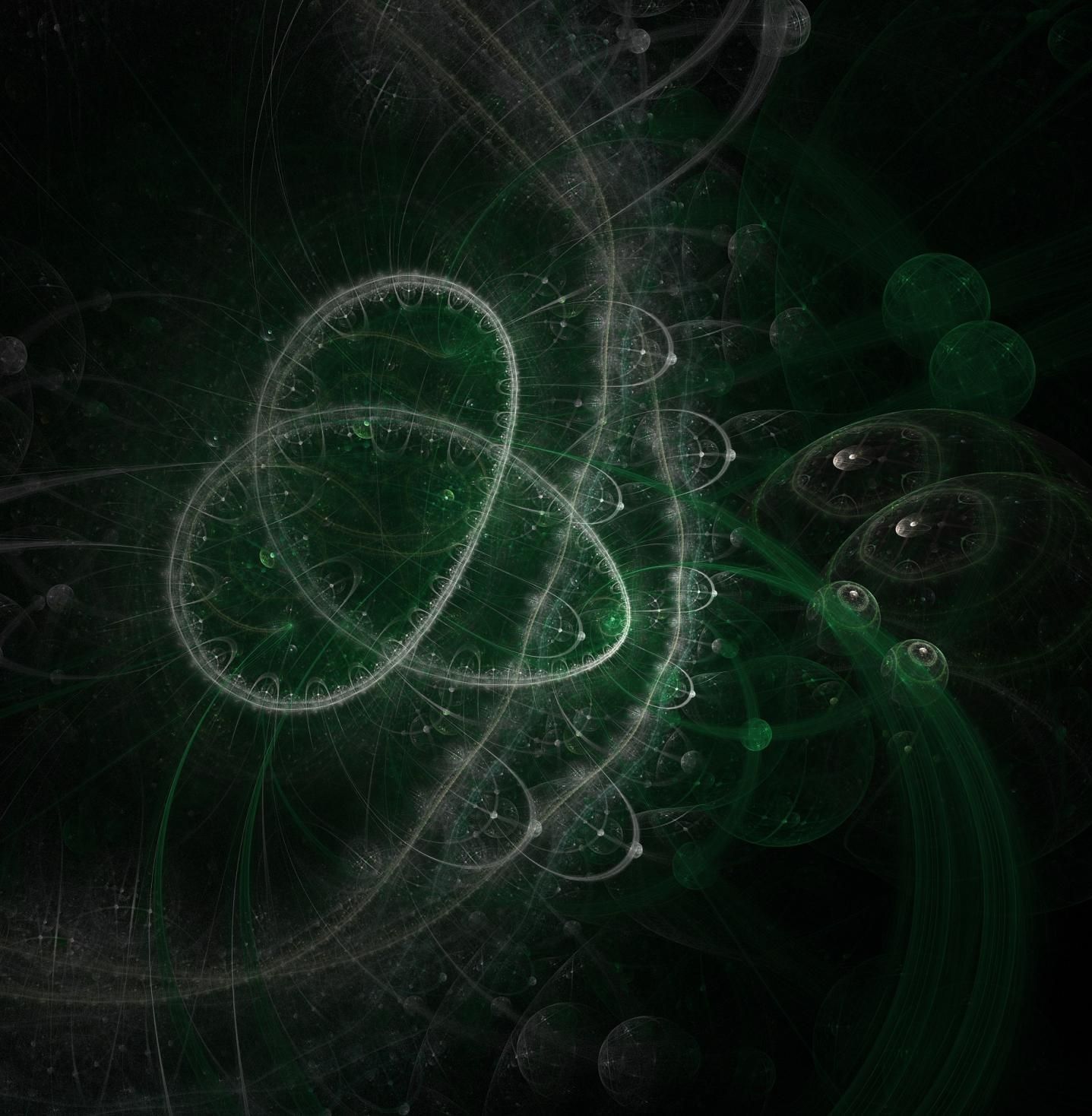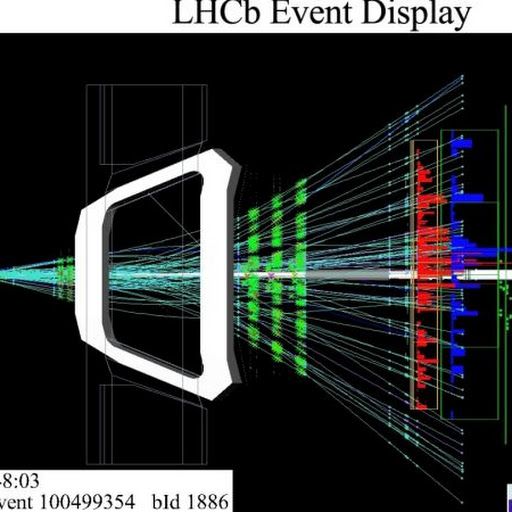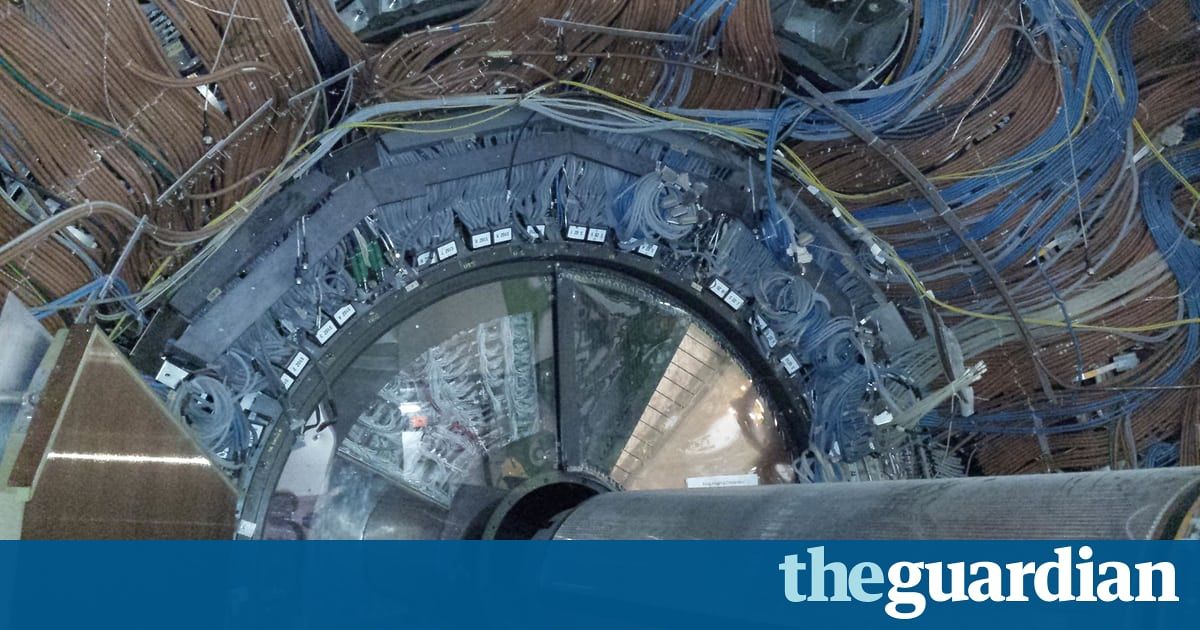Dec 16, 2017
IBM Stuffs a Whopping 330TB of Data into a Tiny Cartridge
Posted by Shailesh Prasad in categories: computing, nanotechnology, particle physics
Some of the earliest computers relied upon tape drives for storage, but we’ve since moved on to faster and more versatile storage technologies. Still, tape drives continue to exist in enterprise, and they’ve been advancing by leaps and bounds while you haven’t been paying attention. IBM just announced a new record in data storage density — 201 gigabits per square inch on a magnetic tape (that’s one square inch of it above). That works out to a whopping 330TB of uncompressed data on a single tape drive cartridge.
IBM reached this plateau in magnetic tape density by developing several new technologies. Older versions of IBM’s magnetic tape used a thin film of barium ferrite particles applied to the surface like paint. “Sputtered tape” uses several layers of thin metal film that are applied using a new vacuum technology. A layer of lubricant is also applied to the reading surface of the tape to keep the tape in good working order as it’s run through the drive. The higher density arrangement of magnetic nanoparticles will, of course, require new drive technology to read.
Continue reading “IBM Stuffs a Whopping 330TB of Data into a Tiny Cartridge” »


















